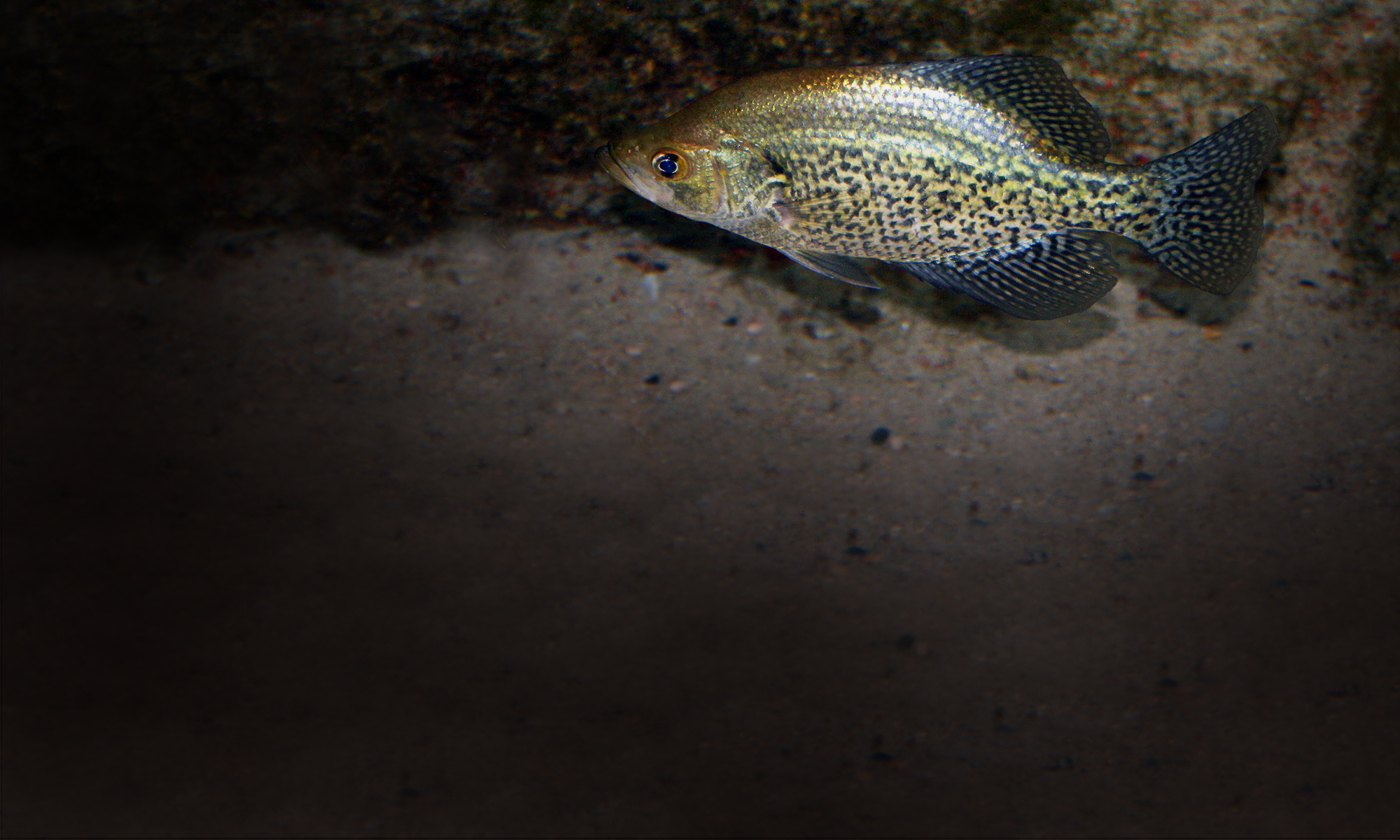Evaluation of different regulations to improve size structure of crappie and bluegill populations in Illinois lakes
Angling regulations are a commonly used management tool for sustaining or improving sportfish fisheries. However, regulation outcomes have been variable and interpreting the causes for regulation success or failure has been hindered because most studies evaluating regulations were conducted over too short a period and did not include creel data to document if there were changes in angler catch rates. The high harvest rates of “panfish” species, such as bluegill and crappie, make them particularly well suited for evaluating the potential of regulations for managing size structure. We are conducting a large-scale experimental evaluation of the efficacy of size-regulations to improve the size-structure of crappie and bluegill populations. This experiment includes quantification of both biological and human-dimension factors that may impact the effectiveness of regulations.
Evaluation of habitat enhancement tools for Illinois reservoirs
We have a variety of habitat enhancement studies being conducted across a range of spatial scales, from individual coves within a larger reservoir to whole-lake manipulations, and in both urban and rural settings. The general purpose of these projects is to fill the need for developing habitat enhancement measures in lakes that have limited ability to support submerged aquatic vegetation or where there is interest in habitat enhancement through the addition of natural and/or artificial structure. Our investigations include quantification of behavioral responses by fish and anglers, fish and invertebrate productivity, and the influence of time since deployment and position within a lake on structure functionality.
Spatially explicit assessment of habitat availability and muskellunge stocking success in Lake Shelbyville
Despite annual stocking efforts, muskellunge catches in the last decade have declined to where the popularity of Lake Shelbyville as a muskellunge fishing destination has been severely degraded. Lake Shelbyville is a large, spatially complex reservoir and there is a great deal of uncertainty concerning which factors are responsible for this lack of stocking success, hindering effective rehabilitation of this fishery. We are combining a spatially explicit bioenergetics-based assessment of muskellunge growth rate potential, an experimental test of water pH on juvenile muskellunge physiological stress, and an acoustic telemetry study of post-stocking movement of juvenile muskellunge. The overall goal is to reduce the number of unknowns in this management issue by assessing the environmental conditions experienced by muskellunge stocked into Lake Shelbyville, allowing for a diagnosis of factors hindering stocking success and recommendations for future stocking methods.
Microplastic ingestion by larval riverine fishes
There is a growing appreciation and concern for the pervasiveness of microplastic pollution in aquatic ecosystems. We are using larval specimens collected from our long-term monitoring in the Illinois River to assess spatiotemporal patterns in larval ingestion of microplastic debris. This study is an initial step in our understanding of the risk posed by microplastic pollution to the growth and survival of larval riverine fishes.
